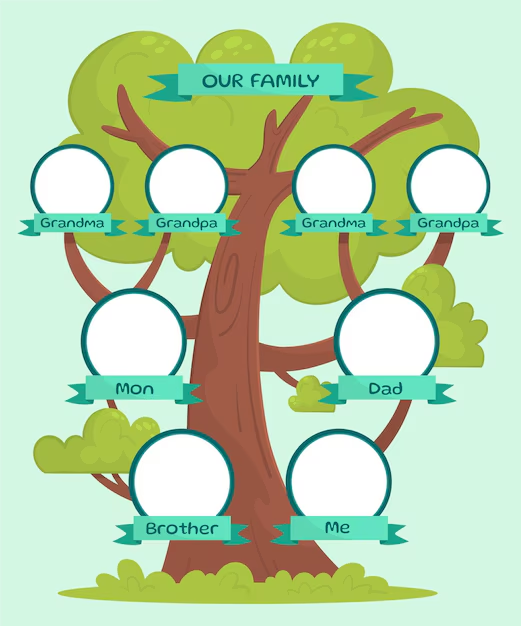Discovering your ancestry is more than just building a chart of names. It’s about connecting with the past, preserving family stories, and understanding how your heritage shapes who you are today. Whether you’re starting out of curiosity or with the goal of leaving a legacy for future generations, tracing your family tree can be a rewarding journey.
Why Tracing Your Family Tree Matters
A family tree gives you a clear picture of where you come from. It helps preserve family history, honor your ancestors, and provide a sense of identity. For many, it also reveals cultural roots, traditions, and connections to places they never imagined.
Step 1: Gather What You Already Know
Start with yourself and work backward. Write down your parents’ names, grandparents, and any details you know—birthplaces, birthdays, or occupations. Talk to older relatives who might remember family stories, migrations, or hidden connections.
Tip: Record these conversations with permission. Oral history often contains valuable clues.
Step 2: Collect Official Records
Once you’ve gathered family stories, it’s time to confirm them with documents. The most useful records include:
- Birth, marriage, and death certificates
- Census data
- Immigration and naturalization documents
- Military service records
Local archives, libraries, and online databases are excellent starting points.
Step 3: Use Online Tools
Today, numerous platforms simplify genealogy research:
- Ancestry.com – vast records and DNA services
- FamilySearch.org – free database supported by volunteers
- MyHeritage.com – strong international records
These tools often allow you to build and share digital family trees with relatives.
Step 4: Explore DNA Testing
DNA testing can reveal ethnic origins and connect you with distant relatives. While it’s not a replacement for historical research, it’s a powerful supplement. Companies like AncestryDNA, 23andMe, and MyHeritageDNA provide reports that often unlock new leads.
Step 5: Organize and Document
It’s easy to get lost in piles of notes and digital files. Keep everything organized:
- Create folders by family branch
- Save scanned copies of records
- Always note your sources
This ensures your work is reliable and can be built upon by future generations.
Step 6: Share Your Story
A family tree isn’t just for you—it’s for your children, cousins, and future descendants. Share your discoveries through a website, photo album, or printed family history book. This keeps the legacy alive and inspires others to continue the research.
Final Thoughts
Tracing your family tree is like solving a mystery where every clue brings you closer to understanding your identity. It requires patience, persistence, and a curious mind. Start small, stay organized, and celebrate each discovery along the way.
Your journey begins with a single step—the step to explore your origins.
